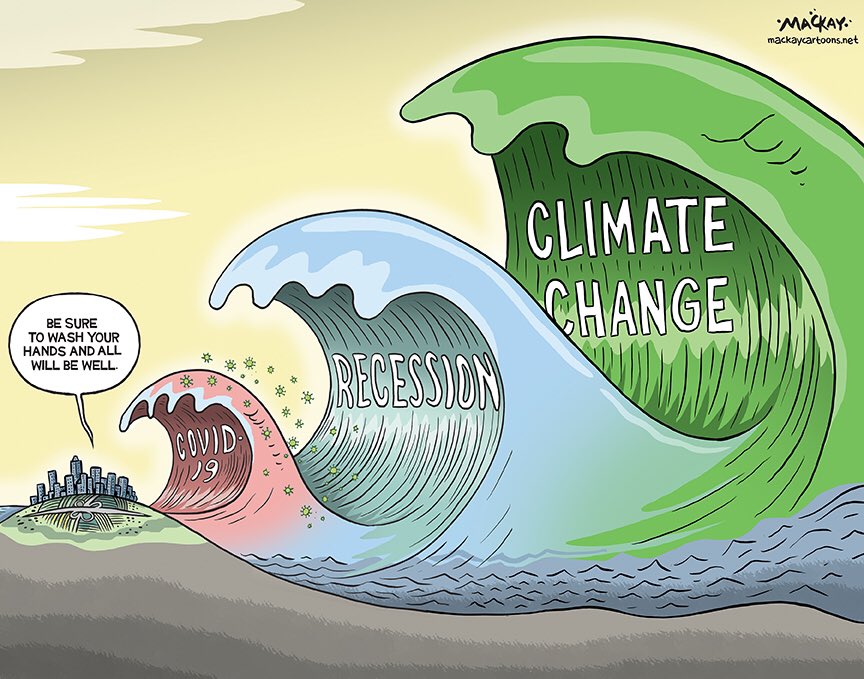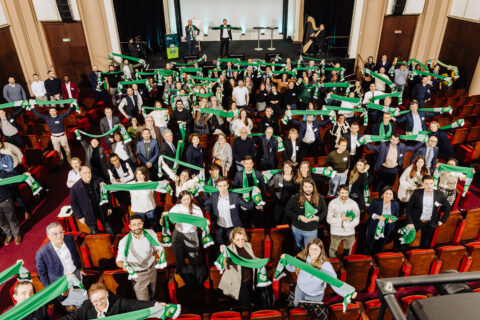Some of our CUBE 2020 participants are already back at the office, or have set up rotation scheduling with their teams to alternate between working from home and returning to the office. With this return to the office, comes the question of CUBE 2020 and its continuation in 2020: how to go about mobilizing your troops while they’re working remotely or not fully back at the office? How can attention be paid to saving energy when new energy-intensive measures have to be implemented in order to guarantee the health of all building occupants? How and why focus on energy efficiency when this seems secondary following a health crisis?
The health of occupants remains the main priority for us all, and today more than ever, it may require the usage of more energy-intensive equipment than expected at the start of the competition. However, understanding a building’s usage remains all the more relevant today, as both health and energy efficiency measures must imperatively be taken into account when making decisions in your buildings.
Ensuring the health of occupants in buildings requires exhaustive knowledge of the building itself, its equipment, systems, its real occupancy rate, and real usage of the space. With more colleagues working from home, we now have the possibility to adjust the necessary equipment that helps maintain everyone healthy & safe (for instance, a ventilation system constantly renewing air) to your current real occupancy rates. We can, therefore, avoid resorting to excessive system and equipment configuration (for those systems that are necessary), by controlling our buildings, their uses and adapting these to the new occupancy rates being experienced today.
New intensive precautionary measures will have to be put in place, but at the same time, other traditionally energy-intensive activities will be reduced: there will be less IT, less meals cooked and served in company cafeterias, and a reduction in the use of air conditioning for instance, as the overall occupancy rates will have considerably decreased. There are still numerous ways of saving energy while still respecting the new health limitations, despite these options being slightly different than at the start of the year!

As you know, the building and construction sector is one of the most energy intensive and emitting sectors today. Each kWh that you save, translates to carbon that you are not emitting. The current pandemic forces us to rethink our very way of behaving in society, both in terms of short-term challenges, like the current health crisis, as well as in terms of long term climate-emergencies.
As CUBE 2020 participants, you have the opportunity to become pioneers in your fields, tackling two simultaneous challenges. By combining health and environmental measures into your long-term building strategies and management, you are helping to appease these short and long-term challenges.
Continuing to raise awareness among all contest participants and your teammates regarding their energy consumption and carbon footprints, remains a powerful tool and opportunity to prepare your troops for a more responsible complete, or partial, return to the office. Now is the time to focus on leading and raising awareness even from a distance, using tools such as the Energic or eGreen applications (in France) for instance. Wider awareness will guarantee usage-related energy savings in your buildings, bringing you closer to achieving your GHG emissions and consumption reduction goals!
For more ideas and ways on how to adopt a collective action approach to reducing your energy consumption and GHG emissions in the workplace, contact us!
Amanda Garcia — CUBE 2020 Project Manager






